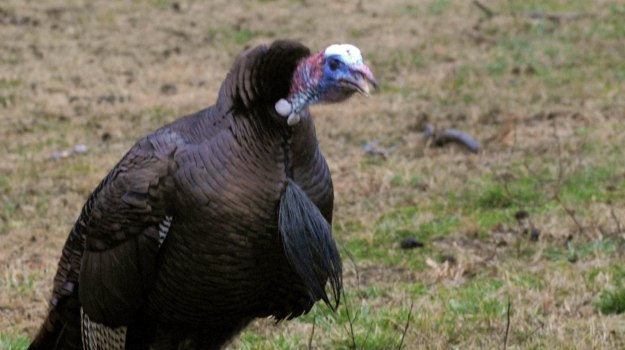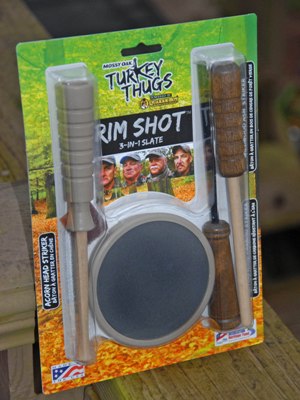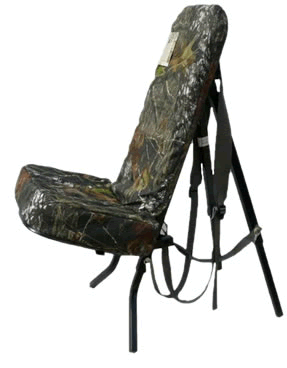
Editor’s Note: Chris Kirby, the president of Quaker Boy Calls, has won every major turkey-calling championship in the nation including the U.S. Open, the World-National and Grand National Turkey Calling Championship, and is the creator of the Mossy Oak Turkey Thugs line of calls.
I live in New York State, and our turkeys get a lot of hunting pressure. But don’t forget a turkey only has 30 or 40 days out of the year to mate. During those 30 or 40 days, I’m convinced that any turkey will commit suicide and come running into a call. So, if you hunt those turkeys every day, there will be 1 or 2 days a turkey will come to a call. But, you can’t hunt the same turkey the same way every day with the same calls. You’ve constantly got to change-up your calls and your strategies, so the gobbler never knows where you’ll appear, when you’ll call and what call, you’ll use. If you go into the woods before daylight, use your owl hooter, crow call, slate call, diaphragm call and box call. If you’ve been feeding him the same routine every day, you won’t be very successful.
 Here are some tips to help you hunt high-pressure gobblers:
Here are some tips to help you hunt high-pressure gobblers:
- Call from different areas. Don’t always call from right in front of a gobbler’s roost tree. Get to the back side of his roost tree, or call from a different side of the tree.
- Call a little, and wait a lot. Although I like to run and gun, cover territory and do a lot of calling, when I hunt pressured turkeys I slow down. The turkey you’re trying to take will be extremely cautious. He probably has been spooked out of his roost tree and may have been shot at more than once.
- Don’t hunt on the weekends. Hunt during the middle of the week when there’s the least amount of hunting pressure.
- Go to a place where you know the turkey travels, make a good stand, and stay camouflaged wearing Mossy Oak. Plan to sit there several hours, whether you see a turkey or not. I like to let the turkey gobble on his own, and then may wait a while before answering him. I try not to pressure that turkey to gobble more than he wants to.
Another thing to remember is that hunters aren’t the only ones putting pressure on turkeys. Owls, coyotes and foxes all enjoy turkey dinners. I was taking a writer hunting one day, and we were trying to get into calling position to call to a big gobbler out in the middle of a big field. As we were watching the gobbler, a big hawk flew over, and its shadow passed over the gobbler. As soon as that tom saw that shadow, he took off running like his tail was on fire and moved into the thickest cover on the property. My writer moved into that thick cover and found a little opening where he could see 10 to 15 yards. I stayed behind the writer and called to the turkey. I couldn’t see the gobbler, but I could hear him strutting and drumming. In less than 5 minutes, I heard the shotgun report and the turkey flopping. Finally, my writer came out of the thicket with the big gobbler over his shoulder. If we hadn’t seen the shadow of the hawk pass over the gobbler, we wouldn’t have known what made him run into the thicket. Try to observe everything that’s happening in nature when you’re trying to call a turkey. You may be surprised at what those gobblers will do.
Day 4: Avid Turkey Hunter Chris Kirby on How to Take a Gobbler on the Other Side of the Fence






























